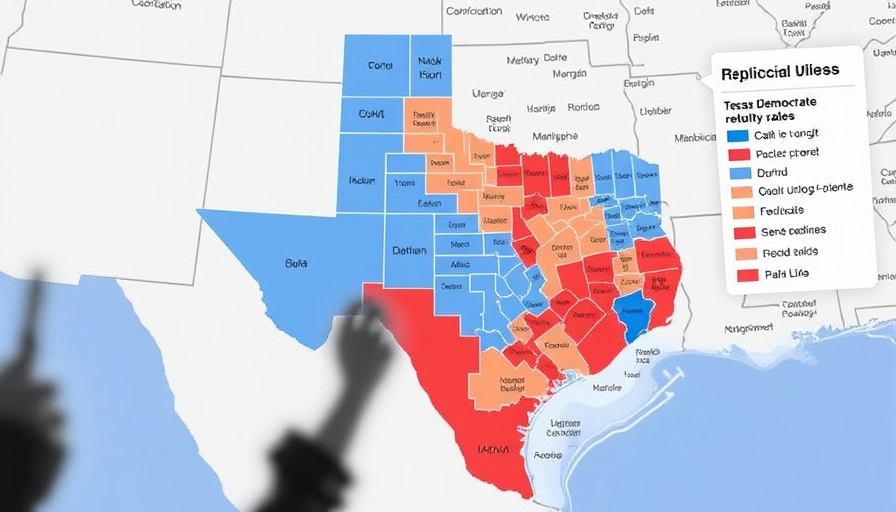
Unpacking the Slow Response Times: Dallas Police Chief's Commitments
In a city where every second matters, new Dallas Police Chief Daniel Comeaux is at the forefront of addressing alarming response times that have come under scrutiny. Recently, NBC 5 Investigates showcased the unfortunate incident of two 10-year-old boys hit by an SUV, with police arriving over four hours post-crash. This incident serves as a stark reminder of the life-and-death implications of timely police response.
The Critical Need for Improvement
Comeaux, who has only been in his role for two weeks, is already prioritizing a comprehensive review, stating they are doing a “deep dive” to determine the underlying causes of the slow responses. Critically, when emergencies arise, every minute counts. For example, in the recent case with the boys, firefighters were at the scene ready to aid within minutes, yet they were left anxiously waiting for police to arrive, raising concerns about the evidence and the potential for determining the cause of the accident.
Understanding the Challenges: What Are the Barriers?
During the recent investigation, Dallas police reported that the delays stemmed from other high-priority calls in queue. As Comeaux remarked, “Every call is important to those who make the calls.” This acknowledgment highlights a systemic issue within the department, where calls for urgent assistance exceed available resources, leading to significant delays in response times.
Statistics that Shock: Measuring the Issue
Alarmingly, citywide response times have been dismal for urgent calls. The department’s goal is to respond within 12 minutes to many emergency calls, yet recalcitrant statistics show that some responses have exceeded 90 minutes. These figures compel the police department to reevaluate its operational framework to ensure the safety and trust of the community.
Future Directions: Steps Chief Comeaux is Taking
Chief Comeaux’s approach emphasizes transparency and community connection while focusing on improvement strategies. His commitment reflects a willingness to listen to public sentiment and adapt policies accordingly. He has pledged to enhance coordination with the fire department to improve handoffs and streamline processes. As community trust is a pillar of effective policing, Comeaux's outreach efforts will likely play a crucial role in re-establishing this relationship.
Community Perspectives: Listening to Citizens
Feedback from the community reveals a widespread desire for accountability and rapid response. Local advocacy groups have been vocal, emphasizing that every incident that goes unresolved signifies a life that might have been saved. The calls for reform may encourage other forces across Texas to adopt similar transparency and accountability measures.
Comparative Analysis: Lessons from Other Cities
In analyzing response times across various jurisdictions, cities like Fort Worth have successfully implemented technology to optimize dispatch operations. These adaptive measures have enabled quicker responses and improved overall service. If Dallas mirrors these progressive strategies, it may enhance not only responsiveness but also the community’s perception of safety and security.
The Path Forward: Can Community Voices Spark Change?
The path forward hinges on a collaborative effort between the Dallas police and the residents they serve. As Comeaux delves into the existing challenges, it’s vital for constituents to voice their concerns, advocating for the change they wish to see. Such collaboration could result in a more sustainable model for policing in Dallas that values every call, every response, and ultimately, every life.
Dallas stands at a crossroads concerning public safety; the actions taken now will determine how effectively the department can respond to future emergencies. Engaging in dialogue, pushing for necessary improvements, and addressing community worries can create a more effective police force, cultivating trust and confidence in every neighborhood.
 Add Row
Add Row  Add
Add 




Write A Comment